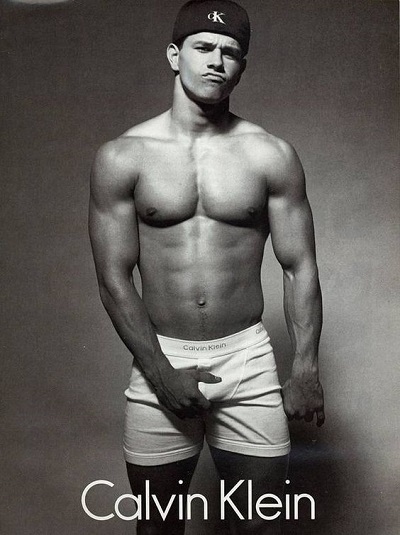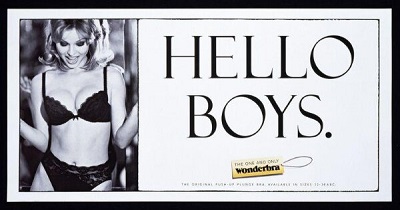But before we delve into the story of undergarments, a bit of historical contextualization is in order. After the end of the catastrophic Second World War in 1945, Europe was dichotomized into two separate spheres, the Western and the Eastern Bloc, under the influence of the capitalist USA and the communist Soviet Union respectively. This geopolitical rivalry exerted via diplomatic pressures and economic and military means determined to a great degree the international relations and fates of many states around the world, and it came to an end in 1991 with the formal dissolution of the Soviet Union and its affiliated communist governments across Africa and Asia, developments already foreseen by the fall of the Iron Curtain and the Berlin Wall two years ago. During this period of Cold War, the world saw the space race setting off 1957 with the launch of the Soviet Sputnik vessel, the wars by proxy, that is the Korean and Vietnam War and the Cuban Missile Crisis, as another iteration of the capitalist versus communist drama, and the booming of information and communications technologies with the 80s heralding the Information Age. Towards the end of the 20th century, two new developments paved the way to our historical present, globalization and the rise of neoliberalism that inaugurated the new phase of postmodernity.



















 Login
Login